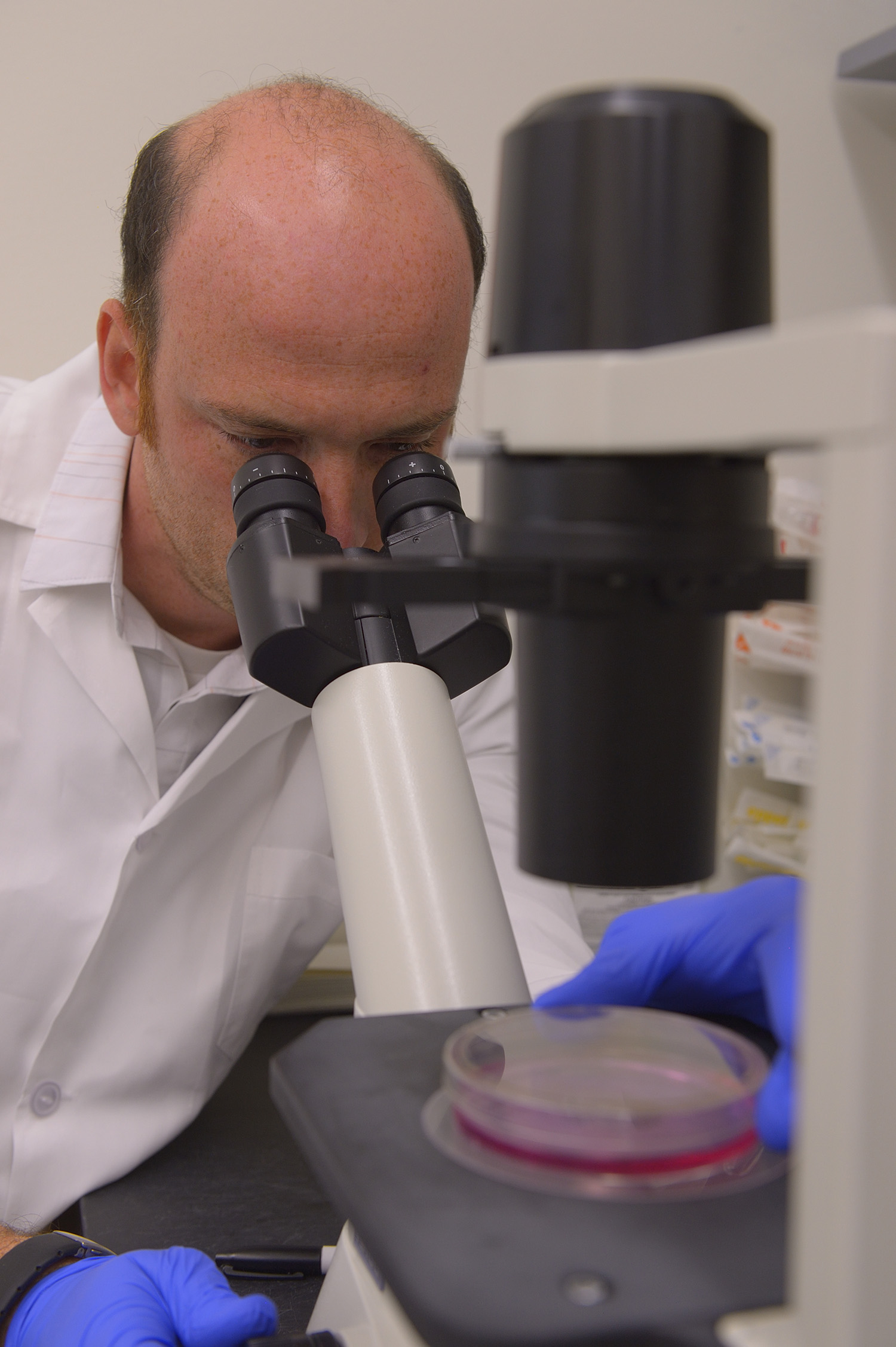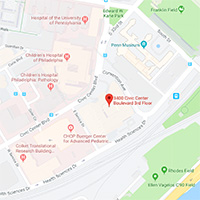Research
Optimizing synthetic-lethality in ovarian cancer
One area of focus in the laboratory is to optimize synthetic lethal approaches with DNA damage response in ovarian cancer. High grade serous ovarian cancer (HGSOC) has unique genetic mutations and copy-number alterations that render it sensitive to synthetic-lethal approaches. About 50% of HGSOCs exhibit defects in homologous recombination (HR-deficient; e.g., BRCA1/2, RAD51 mutations), and another 20% show CCNE1 amplification. In the clinic, PARP inhibition (PARPi) treatment alone for ovarian cancer results in partial tumor regression and rarely complete responses with the ultimate emergence of drug resistance. We are studying how DNA damaging agents in combination synergize in vitro. We are investigating strategies to increase complete tumor regression using PDX models. Combination strategies with optimization of dose and schedule will be required to minimize toxicity without compromising efficacy. For example, we found that PARP inhibitors increase reliance on the ATR/CHK1 for survival. We found that combination PARP inhibition with ATR inhibition (PARPi-ATRi) synergizes to specifically target and kill ovarian HGSOCs harboring common HGSOC-associated alterations, e.g., homologous recombination (HR) deficiency and Cyclin E overexpression. Our preliminary studies show that PARPi-ATRi in combination is especially effective in killing tumor cells with these alterations and even causing regression of HR-deficient and Cyclin E overexpressing ovarian HGSCs. These findings have led to a clinical trial.
Biomarkers of drug response and resistance by molecular profiling
Biomarkers to identify patients whom will benefit from particular therapies are needed. Based on our findings that PARP inhibition in combination with ATR inhibition (PARPi-ATRi) results in complete tumor regression in ovarian cancer PDX models, our group will lead the first clinical trial of this combination in ovarian cancer at UPENN. Patient tissue biopsies and blood samples will be evaluated for biomarker studies to identify molecular markers of response. We will also evaluate a novel PARP inhibitor tracer ([18F]FTT) developed by UPENN scientist collaborators (Dr. Mach, Dr. Mankoff, and Dr. Makvandi) as a potential non-invasive functional biomarker to predict PARP inhibitor response. This is one example of how we are moving new insights developed on ‘the bench’ to the clinic.
Our goal is to identify tumor and blood biomarkers using genomics and proteomics to ultimately predict which patients will respond and benefit from these therapies to avoid unnecessary toxicity. Genomic and proteomic studies will likely identify novel biomarkers of response, possibly assisting us to better select patients for this therapy and guide future clinical trial design. These studies will be used to identify candidate mechanisms of resistance which could spur new therapeutic strategies that target the evolving genetics of HGSOC during treatment. Defining markers of response and resistance will help stratify patient populations, and identify new targets for future therapeutics.

Targeting cancer stem like cells in ovarian cancer
Most HGSOC become resistant to all available forms of therapies and patients succumb to treatment refractory disease. Cancer stem-like cells or tumor-initiating cells are emerging as critical mediators of drug resistance. We have shown that kinase pathways such as Src and MAPK are activated in tumor-initiating subpopulations and combination blockade of Src and MAPK decreases spherogenicity and ALDH1 activity. In vivo, tumors dissociated after dual therapy showed a marked decrease in ALDH1 staining, sphere formation and loss of tumor-initiating cells upon serial xenografting. How targeted DNA damaging agents influence these self-renewing populations is unclear. Strategies to target these treatment resistant cancer-stem like cells are another focus of the laboratory.
Optimizing the preclinical drug platform by “humanizing” experimental models
Lastly, our laboratory is developing “humanized” mouse models (in collaboration with Dr. Dan Powell) to study the effects of DNA damaging agents on the immune system. We are also developing PDX tumors for optimizing treatment strategies for rare gynecological cancer histologies (e.g., granulosa ovarian cancer, uterine serous and sarcomas).


